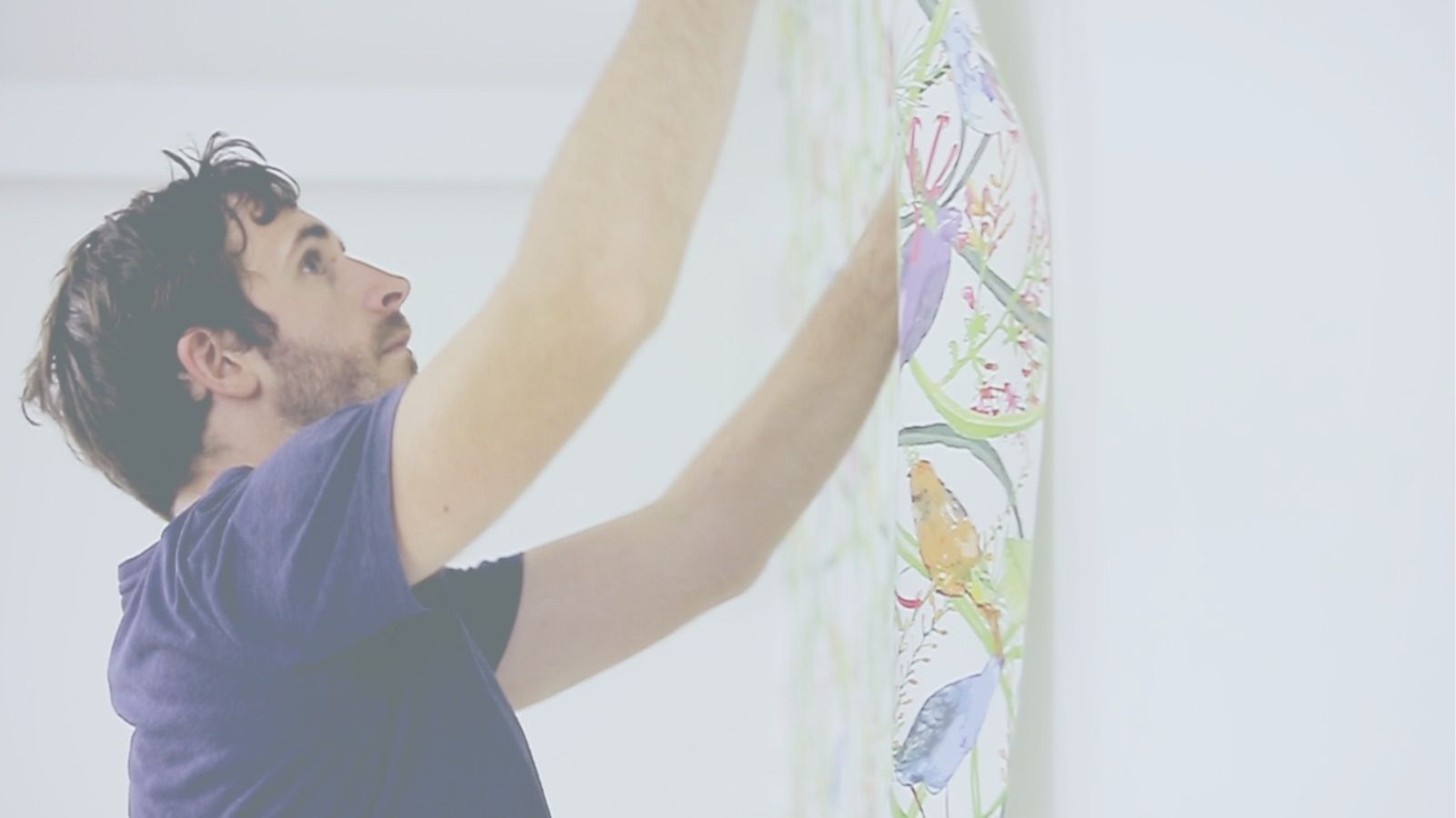Not known Details About 14 Essential Wallpaper Tools For Flawless Installations
Overlap and cut both pieces simultaneously, Reduce the middle of the overlap, Lap one panel over the other, and cut down the middle of the overlap. Angle the knife blade down low so more than just the suggestion of the blade is doing the cutting. Sometimes, instead of butting one panel up to another, you'll require to develop your own seam.
Bob chooses a 10-in. knife so he does not have to move it as typically as he would a smaller sized one. Hold the knife down close to the wall to avoid cutting into the ceiling. Make relief cuts before trimming, Utilize a scissors for relief cuts, Use a scissors rather of a knife to prevent accidentally cutting into wood trim and other barriers.

Project information Ability 3 out of 5 Moderate Not so bad for somebody with persistence and precision, which are key to hanging paper directly, plumb, and completely lined up. Wallpaper first appeared in the 16th century, in the kind of black-and-white hand-blocked prints, and it remains a preferred method to bring color, texture, and character to a home.
Get This Report on A Woman's Touch Paint And Paper: Interior Painting Services ...
According to John Dee, these are simpler to work with than more fragile and tear-prone plain paper, and generally come pre-pasted, eliminating the need to roll on starch-based adhesives. They can, however, be harder to cut and need bonding with vinyl-to-vinyl adhesive. Tip: Silk, yard, fabric, and textured papers also need cautious attention during setup: "You definitely can't get paste on their faces," Dee says.

Step the width and height of this wall and mark its midpoint. Cut a brief strip of wallpaper. wallpaper hanger. Place the dominant aspect over the midpoint. Mark the wall at the paper's leading edge, the edge versus which the next strip will hang. Utilizing a 4-foot level, draw a plumb line at that mark.
To offer the adhesive a chance to trigger, gently fold over both ends of the strip, taking care not to crease the paper, so that they meet in the middle; this process is called "booking." Ensure the paper's edges are precisely lined up so that no pasted surface area is exposed (local wallpaper hangers).
Some Ideas on How To Get Rid Of (And Avoid) Wallpaper Bubbles - The Home ... You Need To Know
For pre-pasted paper, loosely roll up a strip with the adhesive side out and immerse it in a trough of cold to lukewarm water, depending on the manufacturer's instructions, simply until the paper is thoroughly wet (but no longer). Reserve the paper as above for 3 to 5 minutes. Step 4: Hang the First Strip Take the reserved strip to the wall, then unfold and apply the top half, lining up one edge with the plumb line in Step 2.
Overlap a patterned paper as required so that the primary style element is focused on the midpoint of the wall area. Smooth the edges of the paper with a wet sponge, then brush gently from the center of the strip to its edges. Next, gently pull (do not push) a smoother across the paper to eliminate wrinkles and anchor the paper to the wall.
Procedure, cut, and hang each subsequent strip, sliding them up or down on the wall to align the pattern and to butt joints securely with no overlaps. Action 6: Wallpaper the Corners Corners are the only places where strips overlap. For a within corner, measure from the corner to the leading, middle, and bottom of the last-pasted strip.
Indicators on Jil Sander Denim Installation At Via Sant'andrea Milan You Should Know
Using a level, cut a dry strip to that width, cutting the edge that'll meet the corner. Hang the paper so the just-cut edge turns the corner and extends onto the adjacent wall. Position the adjacent strip with its edge inside the corner, overlapping the previous strip; align the patterns.
/cdn.vox-cdn.com/uploads/chorus_asset/file/19494142/howto_wallpaper_01_copy.jpg)
For outdoors corners, trim the strip to cover over the next wall by inch. This avoids the paper from peeling if somebody brushes versus the corner.
From the paper's waste edge to the corners of the trim, make diagonal cuts with scissors to enable the paper to lay flat on the wall. Remove the bulk of the overlap with scissors. Smooth the paper as in Step 4, then use the smoother to press the paper comfortably against the housing, the ceiling, and the baseboard.
Indicators on Wallpaper Installation - Minnie And Me Interiors You Need To Know
Step 8: Trim Around Window Apron To cut around a window's stool and apron, make a series of routes from the waste edge of the strip toward the corner where wall and stool meet. These narrow fingers of paper permit the strip to be shaped to the profile of the case.
Get detailed directions on how to hang embossed and basic wallpaper - local wallpaper hangers.
best rated deck stain